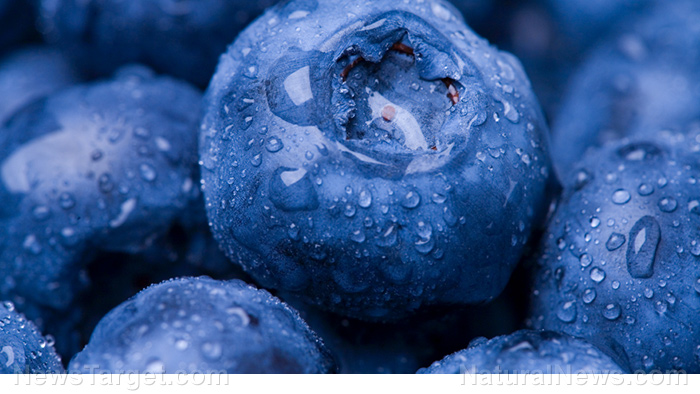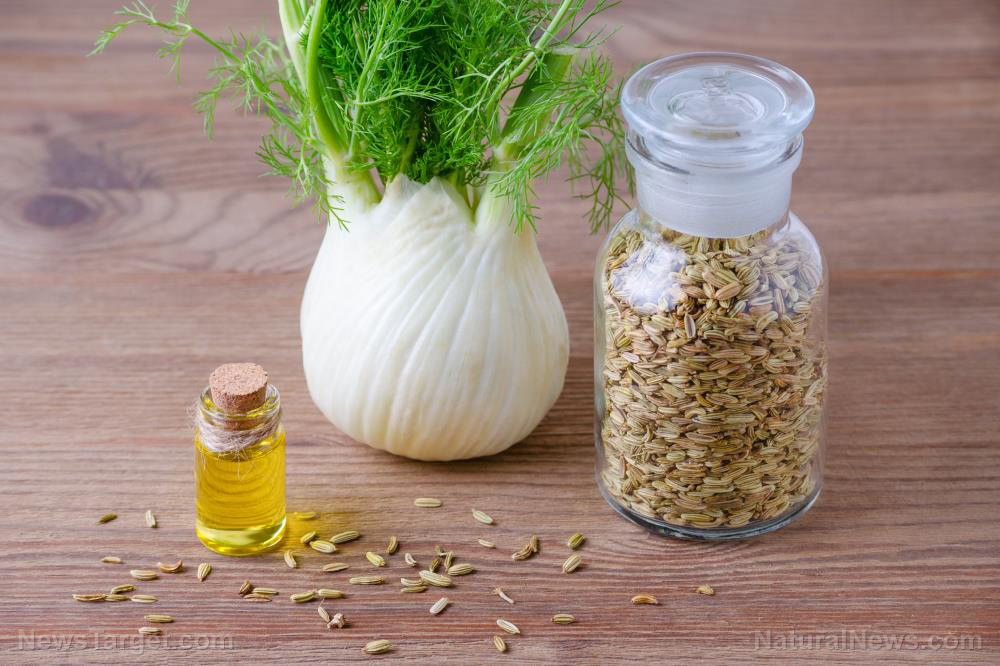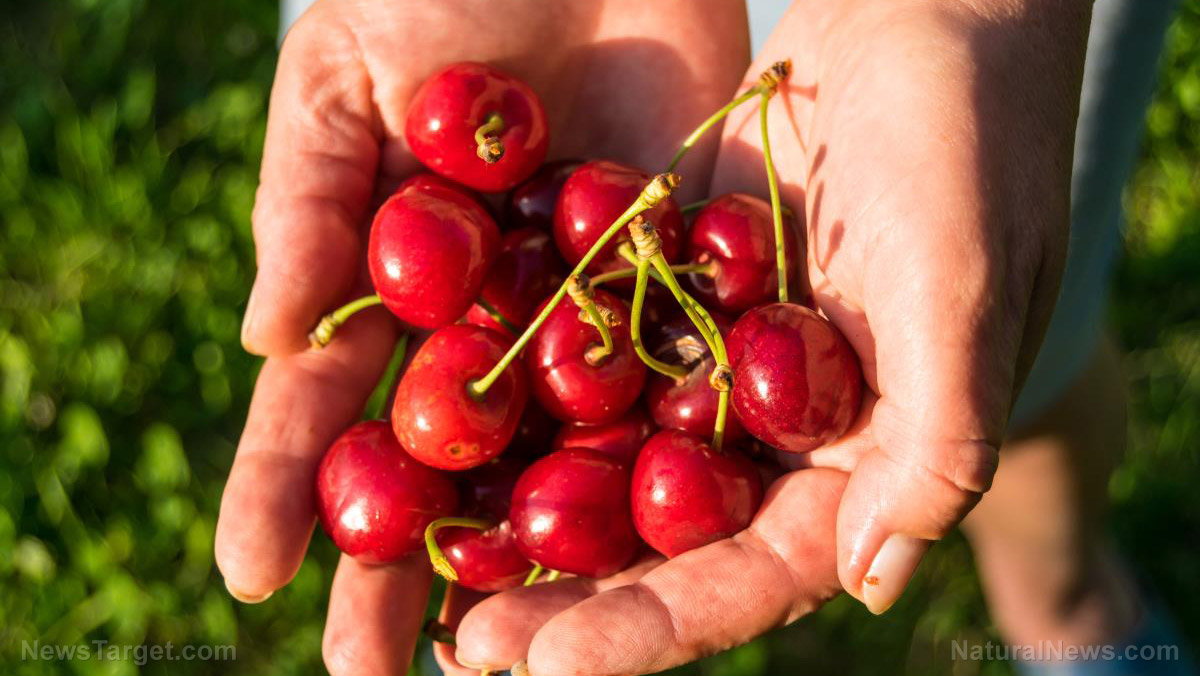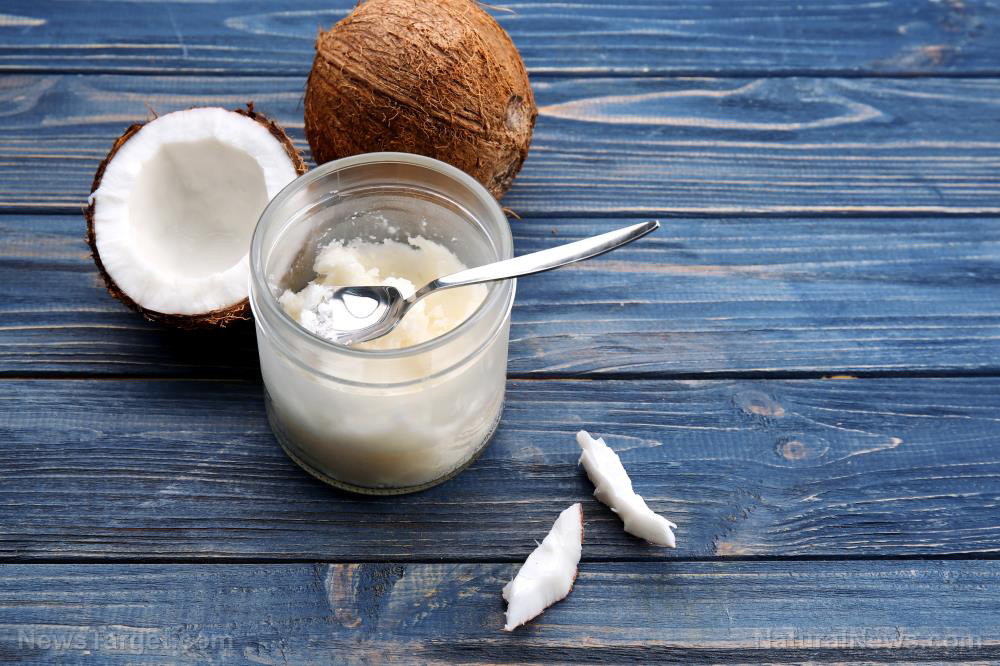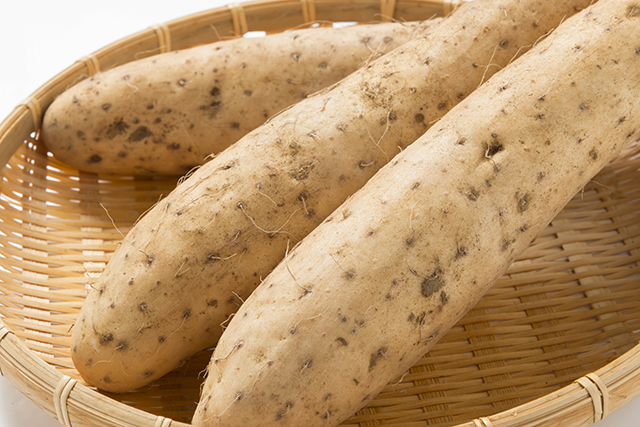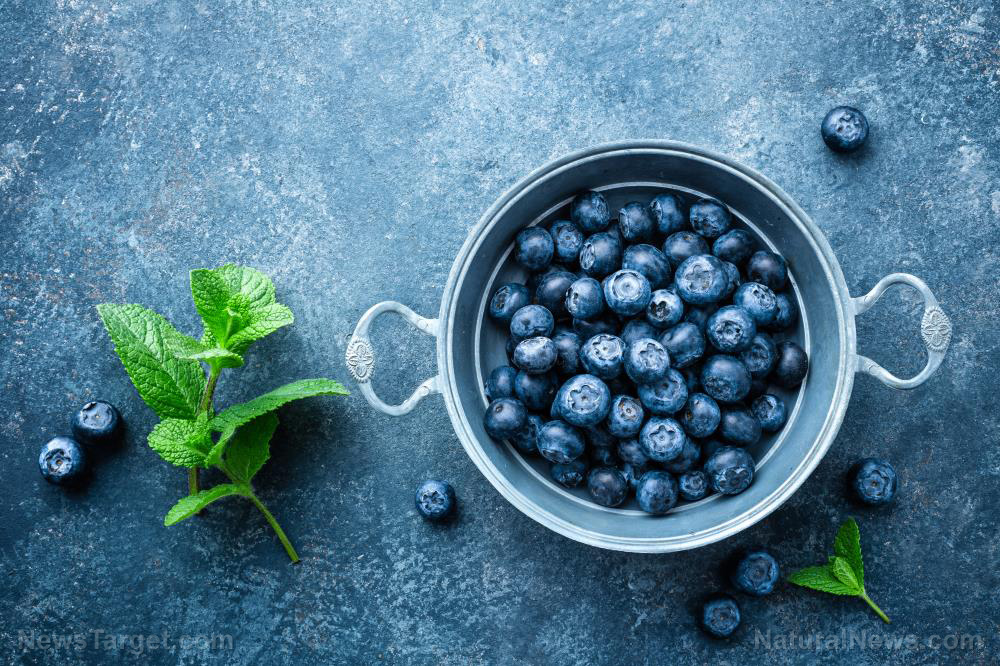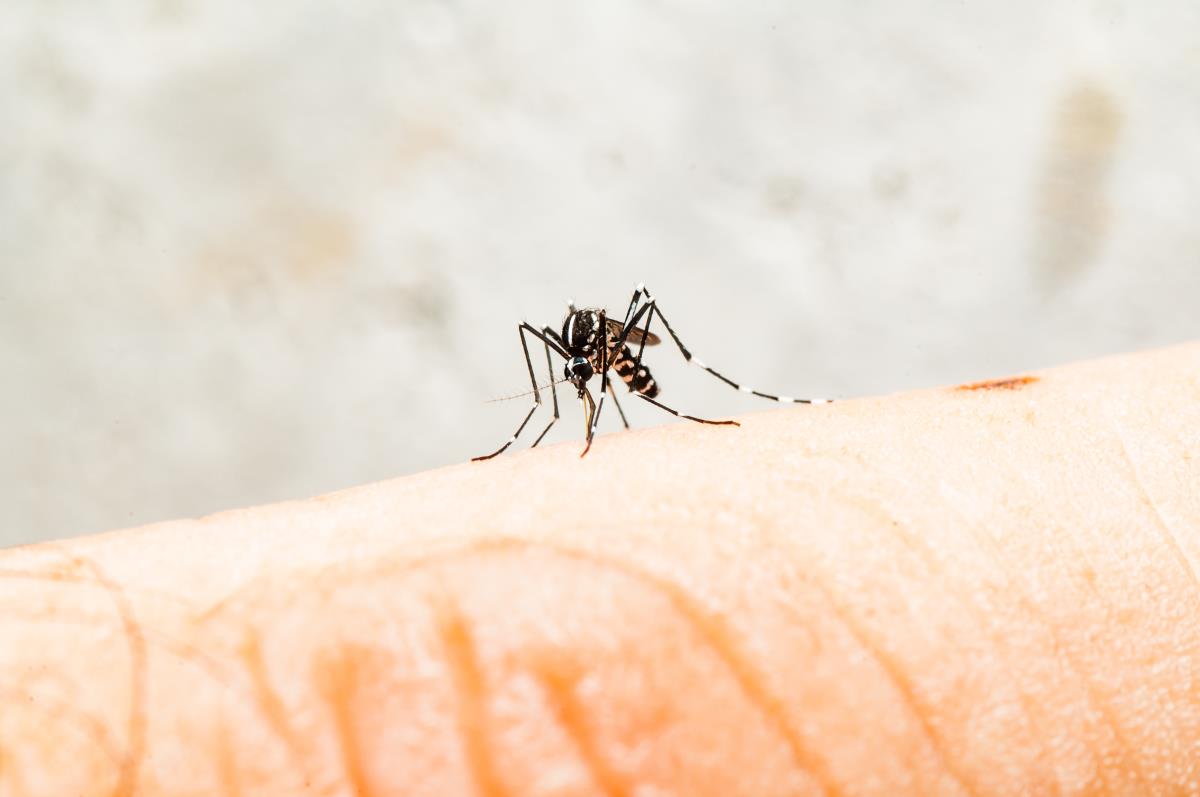Fine-tuning cocoa bean processing can produce different chocolate flavors and scents: Study
08/19/2020 / By Virgilio Marin
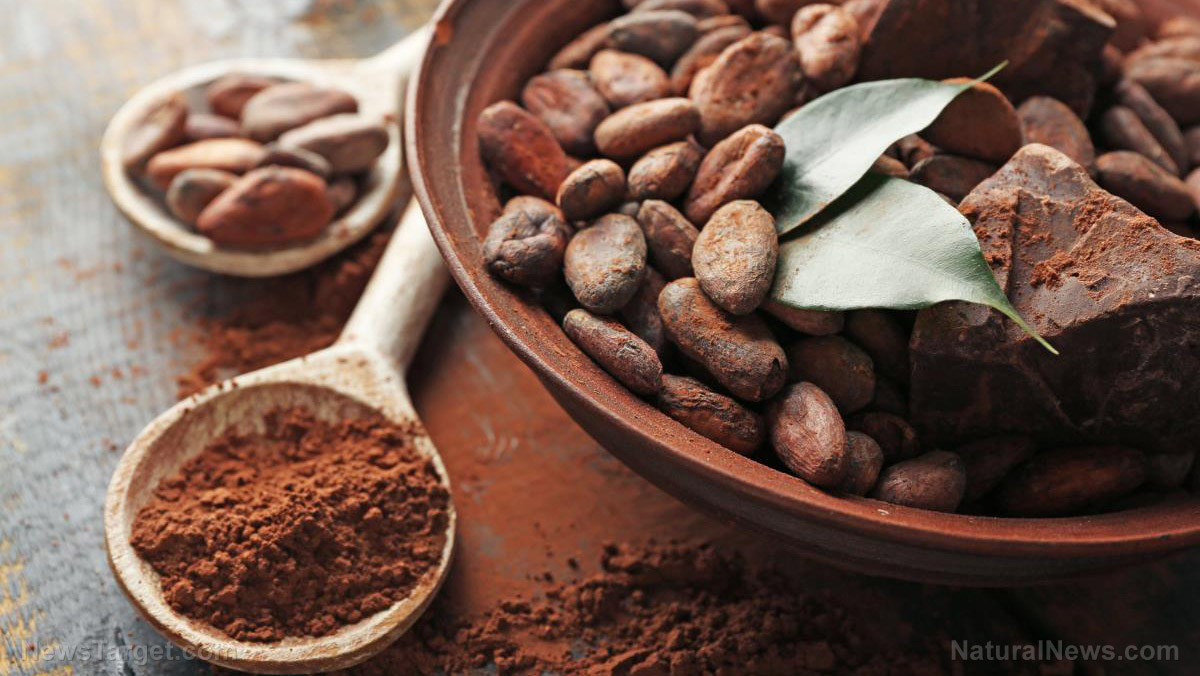
A study published in the journal International Journal of Food Microbiology found that tweaking certain conditions during fermentation could affect the composition and activity of the microorganisms naturally present in cocoa beans. This can produce different chocolate flavors and scents, said researchers from Denmark, Belgium and Nicaragua.
Manufacturers know that the processing of cocoa beans plays an important role in their final quality. The study, however, suggests that there is a way to elevate the quality of finished cocoa.
“We have learned how to fine-tune the cocoa by fine-tuning the process itself, which means that you can get a higher quality out of your raw materials if you understand these processes,” said Dennis Nielsen, one of the study’s authors.
Fermentation plays an important role in chocolate’s flavor
Before chocolate is made, cocoa beans have to undergo several processes. First, farmers harvest cocoa fruits and collect the cocoa beans inside. Then the beans are fermented for about five to eight days, occasionally being stirred.
Fermentation, in particular, is an important step that partly gives chocolate its characteristic flavor. It involves microorganisms breaking down naturally occurring substances in the beans. This leads to the production of certain alcohol and vinegar, which will then kill the germs in cocoa beans. At this point, substances react to begin flavor development.
The flavor will continue to develop into the drying stage, which lasts until the beans are microbially stable. They will then be roasted. During this process, the well-known flavor and aroma of chocolate will come to life.
According to the researchers, introducing different conditions during fermentation can influence the flavor of the finished fermented beans. That’s because it will create changes in the composition and activity of the microorganisms in the Criollo beans.
“Overall, our findings show that the treatment the cocoa receives after the harvest is at least as important for the quality and flavor as the genetics of the cocoa. Where the cocoa was grown also has some significance,” added Nielsen.
This finding can be used to develop even more distinctive and higher-quality flavors of chocolate, benefiting chocolate manufacturers and chocolate lovers.
Pros and cons of chocolate
Chocolate is a highly popular food among people globally. But as sweet as it sounds, it also has related risks. For one, it is high in sugar and calories. Eating too much chocolate can contribute to diabetes, weight gain and other related conditions.
Furthermore, some people tend to have migraines when eating chocolate. Experts blame the tyramine content of chocolate, which can reduce serotonin levels and affect blood vessel dilation.
Research also suggests that it can cause poor bone structure and osteoporosis. A study found that older women who consumed chocolate every day had lower bone density and strength.
However, it also important to note that chocolate has its fair share of health benefits. It can even lower bad cholesterol levels and lower the risk of heart disease and stroke. A study found that consuming more chocolate could reduce heart disease risk by a third. Meanwhile, another study found that people who ate one serving of chocolate are 22 percent less likely to experience a stroke than those who did not. (Related: Chocolate might be the healthiest indulgence ever.)
Chocolate is also touted for its brain-boosting benefits. A Harvard research team discovered that drinking two cups of hot chocolate daily could reduce memory decline in older people by improving blood flow to the brain.
Thus, while it is true that chocolate is sweet, what it can do for one’s health is even sweeter. Completely abstaining from chocolate might mean missing a lot on its powerful nutrients. Instead, practicing moderation and having a balanced diet is key to avoid the pitfalls and instead harness the health benefits of eating chocolate.
Learn more about the health effects of chocolate at Chocolate.news.
Sources include:
Tagged Under:
RECENT NEWS & ARTICLES
COPYRIGHT © 2017 SUPERFOOD NEWS






